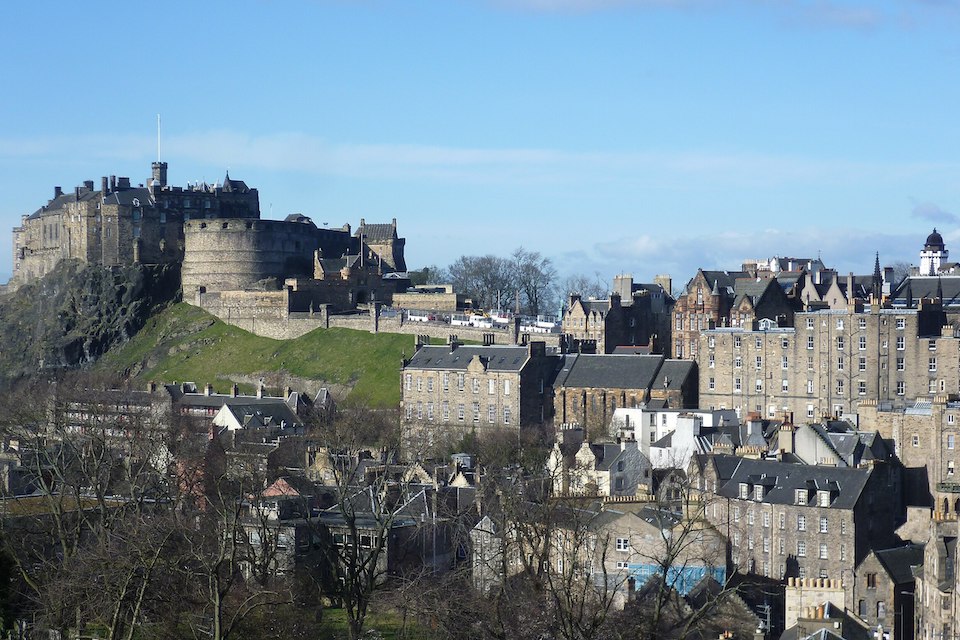Travel
Scotland to England by train, not plane

Edinburgh Castle seen from the roof of the National Museum of Scotland by Kim Traynor on WikiCommons Kim Traynor on WikiCommons
UK public sector travel has moved in favour of trains, not planes, says a new report. Travel between the seats of government in Scotland and London is now marginally in favour of rail. The findings are from the sustainable transport lobby group, Transform Scotland. The group have followed up a regular review of travel trends in the public sector.
A high-profile lobby group has been monitoring travel habits in the public sector. In their latest report on travel trends, Transform Scotland has tested if elected representatives practice what they preach on environmentally friendly travel. They say there is good news. Rail has moved ahead of domestic flights on the key routes between Central Scotland and London.
Public bodies have doubled train travel
The report, ‘Fight or Flight’ by Transform Scotland, repeats an investigation carried out just over a decade ago. There is improved performance on sustainable travel targets, according to the lobby group. In the past decade, public sector reliance on flying for domestic travel has significantly reduced. Rail now accounts for the majority of trips on the key travel corridors between the seats of the Scottish and UK governments.
“We’re pleased that Scotland’s public sector is taking action to tackle climate emissions by cutting back on domestic flights”, says the report. “Over the past decade, public bodies have doubled the share of trips from Edinburgh and Glasgow to London being made by train rather than plane. We urge all public bodies to follow the example of sector leaders, by setting strong emissions reduction targets for air travel.”
More passengers choose rail over air
The introduction of additional services, revamped sleeper trains, and the ‘open access’ operator Lumo have all contributed. There is also the prospect of another open-access operator, Grand Union, waiting in the wings. However, there have been some rail hiccoughs. In the past decade, reliability issues on the West Coast Main Line have been well-publicised. More recently, fares experiments, implemented by LNER, have been a concern for many travellers. Lately, there has been the small issue of two years of unresolved strike action.
However, those irritations have been offset by the airline industry’s ‘nickel and dime’ approach. Airlines now routinely charge for everything as an extra. Security concerns have meant ever-increasing check-in and security formalities at airports. The rail industry has, so far, resisted the temptation to add a few ‘extras’ to the cost of travel.
Destinations reached by train in six hours
Some public bodies performed particularly strongly. The Fight or Flight report highlighted several academic institutions. Universities in Edinburgh and Glasgow scored well. Aberdeen University was noted for a developed environmental travel policy. Nevertheless, Aberdeen-based organisations face considerable travel challenges. Rail is a significantly slower travel option over a flight time to London of around one hour.

“There are some great examples of climate-friendly public sector leaders”, said the report author, Elspeth Wray. “We highlight organisations whose policy specifically discourages flying to destinations that can be reached by train in six hours. Transport accounts for 36 per cent of all Scottish emissions. Given that aviation is the most polluting mode of transport, we must work to reduce unnecessary trips by air, with the public sector leading by example.”
Further reading:
You just read one of our premium articles free of charge
Want full access? Take advantage of our exclusive offer
Are you already a subscriber?










